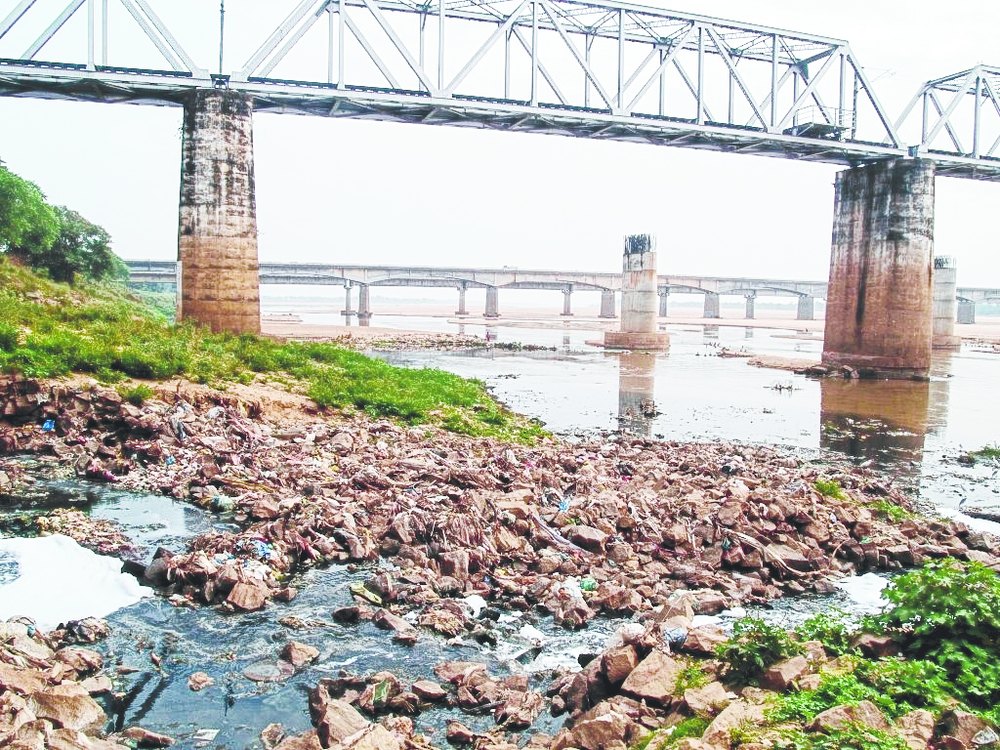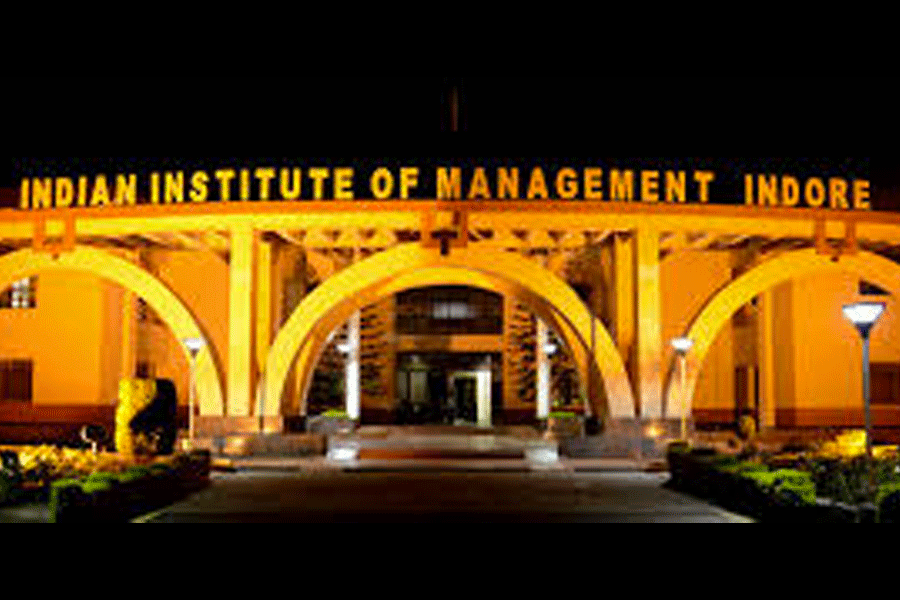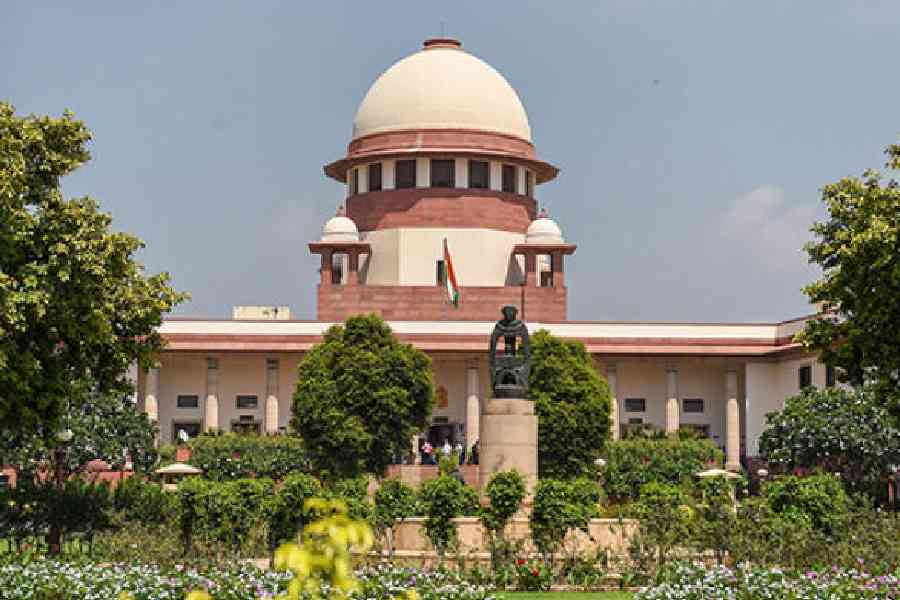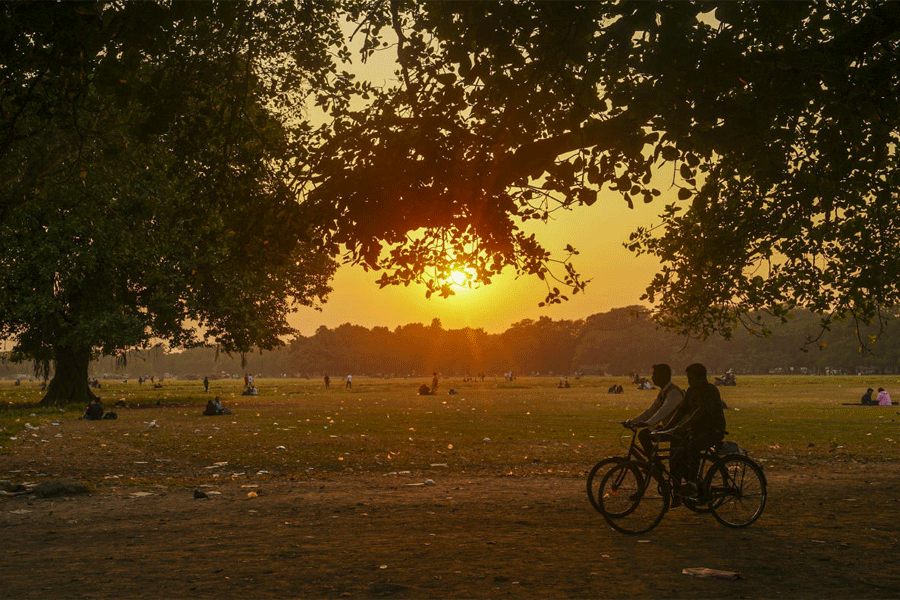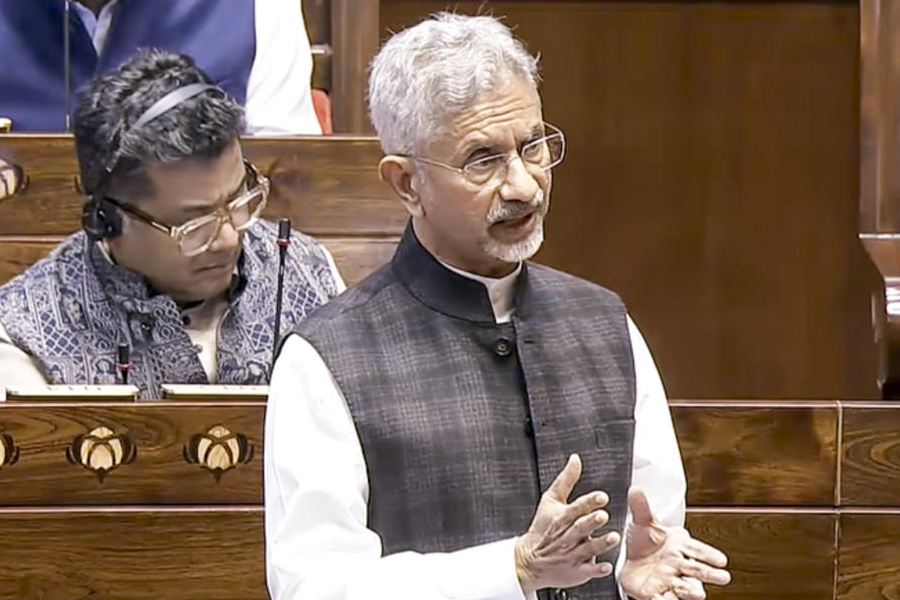
File picture of drain water flowing into the Kathjodi in Cuttack
Bhubaneswar, Feb. 14: The rising number of jaundice cases in Cuttack has prompted the state government to intensify its drive to provide safe drinking water in urban areas across the state but the unabated pollution of rivers has surfaced as the bigger worry.
Cuttack alone has reported 115 cases of jaundice so far, but what is of concern to the government is that major rivers supplying water to different cities are also facing the threat of pollution. This is mainly because untreated sewerage water continues to flow into them.
In the last one year, the state has reported 3,966 jaundice cases and 26 persons have died so far.
Minister, housing and urban development Puspendra Singh Deo said: 'It's the moral responsibility of the state to provide safe drinking water to the people. We are regularly checking the quality of water in Bhubaneswar and Cuttack. Steps are being taken to provide safe water to all the cities.'
The comptroller and auditor general (CAG), whose report was tabled on Friday in the Assembly, has also extensively dealt with this issues of potable water and pollution of rivers.
Though of late the civic bodies have launched drives to plug leakages in water supply lines to prevent contamination and further spread of jaundice, the root of the disease lies even deeper.
One such loophole finds mention in the CAG report - lack of sewage treatment plants in most cities of the state.
Cuttack gets water from two major sources - Kathajodi and Mahanadi rivers. But the city's untreated sewage is discharged into the Kathajodi.
Making matters worse, Cuttack's special treatment plant, which has a capacity of 33 million litres per day (MLD), is not working properly and untreated water is being discharged into the Mahanadi. The plant was commissioned at Matgajpur in January 2007.
As per draft city sanitation plan of Cuttack, projected wastewater generation was 92.13 MLD in 2014. 'But the existing capacity of sewage treatment plant of 33 MLD is not adequate to treat the wastewater of Cuttack city,' said a senior official. Following the outbreak of jaundice, health secretary Arati Ahuja also visited the city and reviewed the situation of safe drinking water supply.
Even though no case of jaundice has so far been reported in Bhubaneswar, the quality of water supplied to the people has already raised eyebrows.
The city gets drinking water from two major sources - Kuakhai and Daya rivers. But during an inspection it was found that the untreated sewage of the city was being discharged into these rivers through its natural drains.
In order to provide safe drinking water to the citizen, the state government had taken up the integrated sewerage system for Bhubaneswar city for Rs 754.23 crore. Under this plan, the state government had planned to set up six treatment plants with a total capacity of 190.7 MLD. But not a single plant has been constructed as of June 2014, the CAG report states. Similarly, out of 412.20 km of proposed sewerage lines, only 167.52 km had been laid.
Though the outbreak of jaundice was reported first in Sambalpur, the construction of a sewerage treatment plant was yet to start even though Rs 448.33 crore has been earmarked for it. Another major river Brahmani, which supplies water to Talcher, is also facing the threat of pollution.
The CAG report has also dealt with how water contaminated with fluoride and ash is being discharged into the Mahanadi by a plant in Paradip and also how Ib, a tributary of the Mahanadi, is being polluted at Jharsugura and Brajarajanagar.

